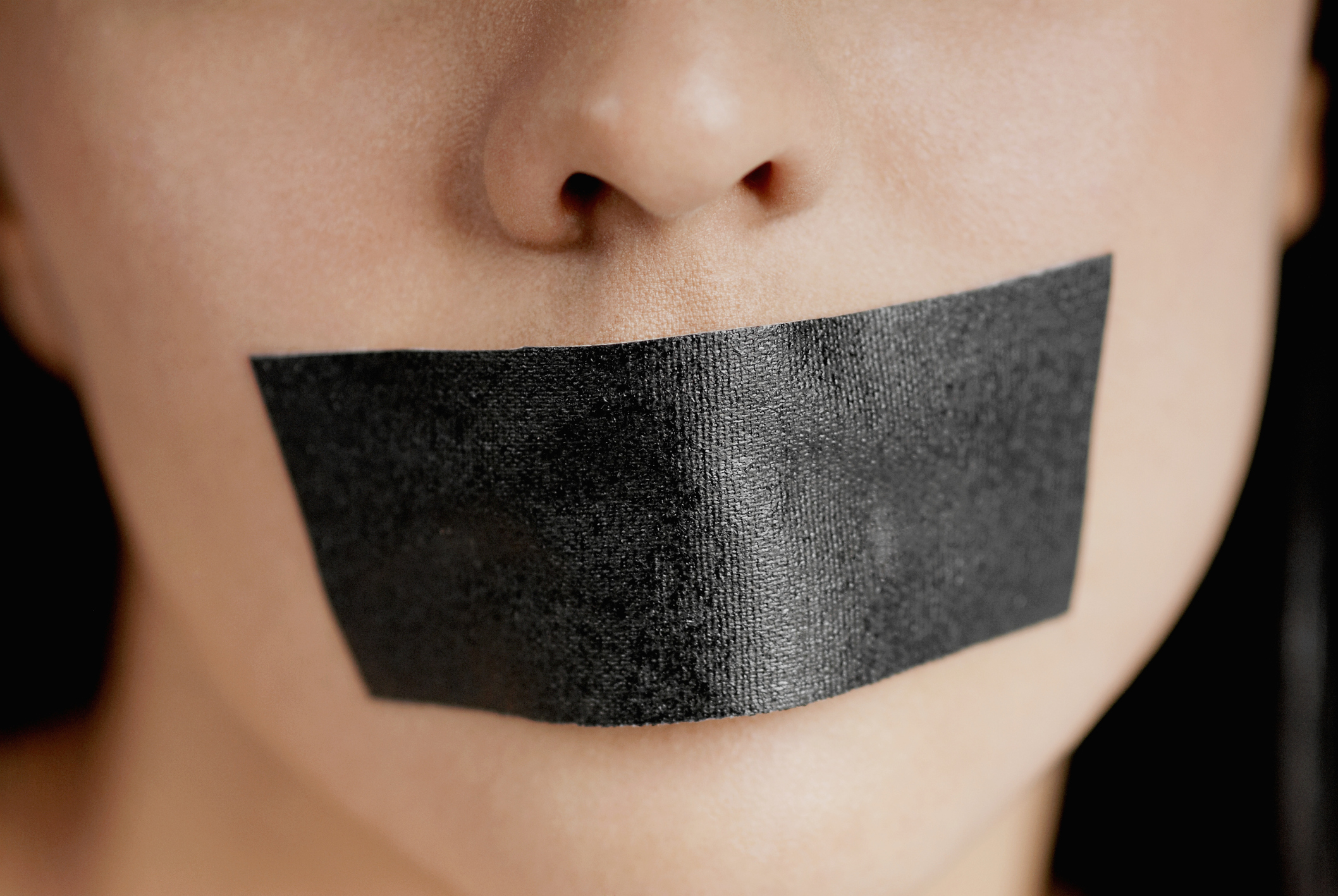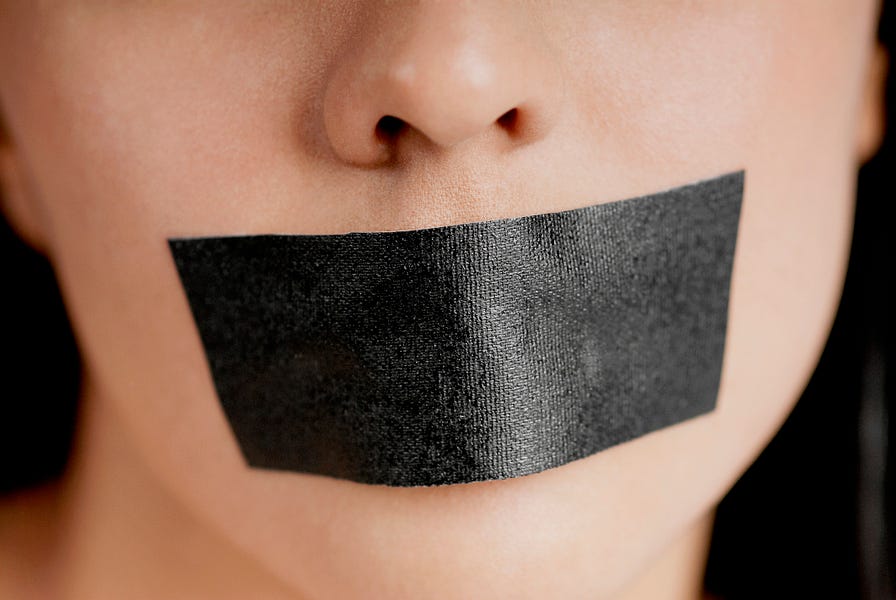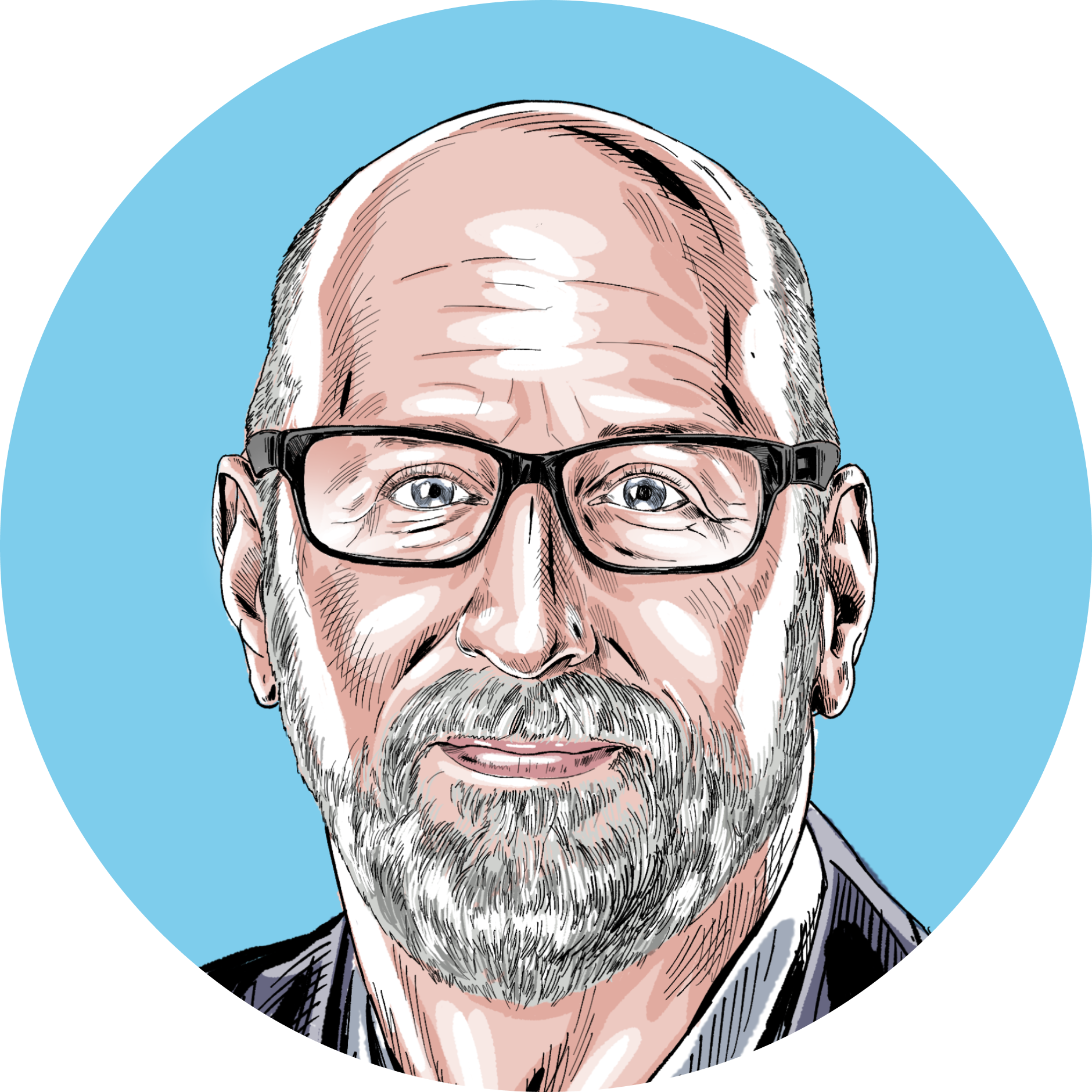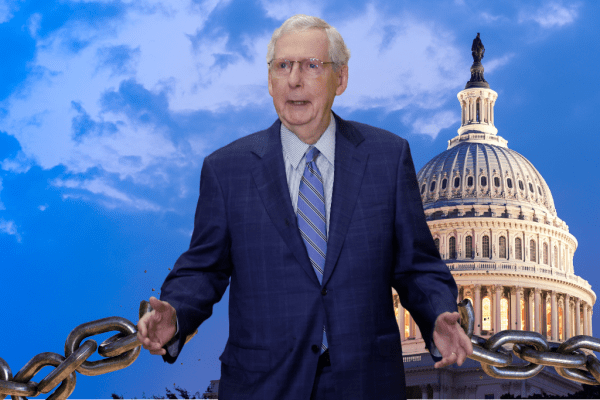I had a wonderful time yesterday speaking to the Wheaton College community about free speech and cancel culture—the exact themes of today’s newsletter. Unfortunately I didn’t get back to my room until almost midnight, so rather than email you at 2:00 a.m., I thought we’d wait until a bit later Wednesday morning. My apologies for the delay.

Three weeks ago, I wrote a newsletter on a question I’ve been exploring for years—does our community shape our ideology more than our ideology shapes our community? Do we believe what we believe mainly because it’s the product of rational thought or because it’s the product of our social environment? The longer I study the question, the more convinced I am that the solution to our national polarization won’t be found in ideological combat, but rather in deliberate efforts to expand the scope of our communities.
Let me use an outrageous recent example of left-wing cancel culture to make my point. On Sunday the New York Times published a deeply reported piece by Michael Powell highlighting the plight of a documentary filmmaker named Meg Smaker. As part of an effort to understand Islamic terrorism, Smaker traveled to a Saudi facility that was established to rehabilitate former jihadists and reintegrate them back into society. Most of the inmates refused to talk to her, but four of them did.
As Powell reports, these individuals “opened their lives to her.” They spoke about their “youthful attraction to Al Qaeda and the Taliban, of torture endured, and of regrets.” The initial fear was that conservatives would be angry about the film, that it excessively humanized the former jihadists. Instead, it was the left that got angry:
Arab and Muslim filmmakers and their white supporters accused Ms. Smaker of Islamophobia and American propaganda. Some suggested her race was disqualifying, a white woman who presumed to tell the story of Arab men.
Sundance leaders reversed themselves and apologized.
Abigail Disney, a grandniece of Walt Disney, had been the executive producer of “Jihad Rehab” and called it “freaking brilliant” in an email to Ms. Smaker. Now she disavowed it.
The film “landed like a truckload of hate,” Ms. Disney wrote in an open letter.
Before the furor, the film had enjoyed an enthusiastic response at the Sundance film festival. After, it became “near untouchable.” Further film festivals canceled showings.
At first glance, the reaction appears to be a textbook example of ideological intolerance. In other words, some were upset that Sundance would platform another white director to tell a story that better belongs to Muslim people of color. But read more closely:
Prominent festivals rescinded invitations, and critics in the documentary world took to social media and pressured investors, advisers and even her friends to withdraw names from the credits.
And:
Battles over authorship and identity regularly roil the documentary world, a tightly knit and largely left-wing ecosystem.
And:
More than 230 filmmakers signed a letter denouncing the documentary. A majority had not seen it.
I can respect ideological decisions, even when I disagree with the ideology. A pluralistic republic should be marked by robust disagreement and competing ideologies. A nation this diverse is simply not going to produce an ideological monoculture. Nor should we wish for it. Truth is just too difficult to discern to believe that any given strand of human thought is going to produce undiluted wisdom.
Yet I have a much harder time respecting peer pressure, and the highlighted segments above indicate that Smaker didn’t lose a debate. She faced something much more akin to a high school-style exercise in group shaming. When enough of the group’s leaders decided Smaker’s film problematic, the group went along. Attacking Smaker became a relational necessity more than an ideological act, and when that happened Smaker’s fate was sealed.
One of the hallmarks of cancel culture is the desperate apology letter. In this case Abigail Disney penned a classic of the genre. “My mistakes are myriad so I will not be able to claim them all in a single list, but I will try,” she writes. “I am soul-searching and examining my own processes, assumptions, and shortcomings so that I can do less harm,” she declares.
And again, she wrote this apology not because the film contains obvious errors. The film is not bigoted. Remember, the concern initially was that it would face conservative blowback. These are words one writes when one fears for their community. These are the words one writes when one stands to lose friends.
This is the fundamental dynamic of cancel culture, left or right. This is why the cancellations that “stick”—the attacks that truly make people afraid–come not from the left against the right or the right against the left, but rather from within. When your own tribe casts you out, that’s the greatest pain.
How do we fix this problem? While criticizing “tightly knit” communities from the outside is often necessary, it frequently compounds the problem. Left-wing radicals often take pride in opposition from their right (just as right-wing radicals glory in attempted cancellations from the left). The only sure route to reform is from the inside. Courageous voices inside the community have to choose to open up the community, to welcome dissenting voices. Open up the community, and you will open up the ideology. It’s inevitable.
Indeed, the inevitability of that proposition is one of the reasons why insular communities fight so hard to remain closed. The mere presence of reasonable disagreement can have a profound impact. It can make partisans pause and reconsider arguments they once simply presumed were correct. Moreover, it doesn’t take many dissenting voices to make a profound impact.
I write often about Cass Sunstein’s Law of Group Polarization—the proposition that when like-minded people gather, they tend to become more extreme. But hidden within that sobering reality is a hopeful truth—persuasive minorities can have an outsized effect even on dominant majorities. Here’s Sunstein, speaking on the power of cognitive diversity:
The striking findings from research I did with a bunch of students, and with some colleagues, show that, on our federal courts, if you put three Democratic appointees together on a three-judge panel, the likelihood that they will produce a stereotypically left-of-center ruling gets crazy high — compared to if you have two Democratic appointees and one Republican appointee (and by the way, we observed exactly the same patterns play out with Republican majorities). Now, what makes this finding so wild is that you of course only need two judges on such a panel to establish the majority opinion. So why would three Democratic appointees show such strongly left-of-center voting patterns, compared to the more moderate patterns of courts with a two-one split?
The answer, he posits, is that the dissenting view blocks the polarization process. It stops “like-minded people” from “moving to extreme positions when they only talk to each other.”
Rarely does one read a better justification for the law and culture of free speech.
One last point—by treating cancel culture as primarily an ideological and political battle rather than as a natural product of closed communities, you perversely enable greater intolerance. To fight a “them” you need an “us,” and that “us” needs to be as motivated and unified as the terrible “them.” But what if you considered joining “their” community? What if you took on the role of becoming the dissenting voice?
For example, there is a long tradition of right-wing culture warriors calling on their people to “fight Disney.” I remember the 1997 Baptist boycott. We watched Florida revoke Disney’s special tax district in retaliation for Disney’s public opposition to Florida’s House Bill 1557, which sharply limited classroom instruction on sexual orientation and gender identity in Florida public schools.
But let’s suppose for a moment that a substantial number of conservatives didn’t prioritize fighting Disney so much as joining Disney. After all, there are countless conservatives who possess the kind of artistic talent that Disney demands. Should they presume there’s no home for them in the world’s most popular entertainment empire? And if they’re already at Disney, should they assume that silence is the mandatory condition of their presence?
This is a hard road, but I also happen to know that I have conservative and moderate readers embedded in many of the most powerful institutions in America, and I know that many of them are making a difference—quietly and courageously.
I’ve been the only conservative voice in a progressive room, and I know the pressures to remain silent. It’s easier. But I also know that you can pick your spots. I served on the Cornell Law School admissions committee and spoke up to block religious discrimination (the committee was on the verge of denying admission to an Evangelical because—as one member wrote—they worried his “Bible-thumping” was a bad fit for Cornell) and to hopefully change some minds about the worst excesses of affirmative action.
My colleagues were well-meaning, but in the absence of any real conservatives they’d fallen into a form of groupthink. The inclusion of even single dissenting voice not only helped them re-examine their priors, it gave other more moderate voices cover to voice their own doubts.
A few years ago I was speaking to a group of Christian conservative law students at an elite law school. I asked them how many wanted to follow my career path (I was still a constitutional litigator at the time). Virtually every hand went up. Then I asked where they could have the most impact–by adding 20 more lawyers just like me to the litigation marketplace, or by adding three or four or five thoughtful conservatives to the legal team at a place like Facebook or Twitter.
The answer is obvious.
I know that sounds idealistic and naïve to some ears, but we’re experiencing the alternative—a world that’s devolving into a furious competition between closed communities—and we know where that leads. That’s the path of misery, of polarization, and of intolerance. That’s the road we’re on today.






Please note that we at The Dispatch hold ourselves, our work, and our commenters to a higher standard than other places on the internet. We welcome comments that foster genuine debate or discussion—including comments critical of us or our work—but responses that include ad hominem attacks on fellow Dispatch members or are intended to stoke fear and anger may be moderated.
You are currently using a limited time guest pass and do not have access to commenting. Consider subscribing to join the conversation.
With your membership, you only have the ability to comment on The Morning Dispatch articles. Consider upgrading to join the conversation everywhere.